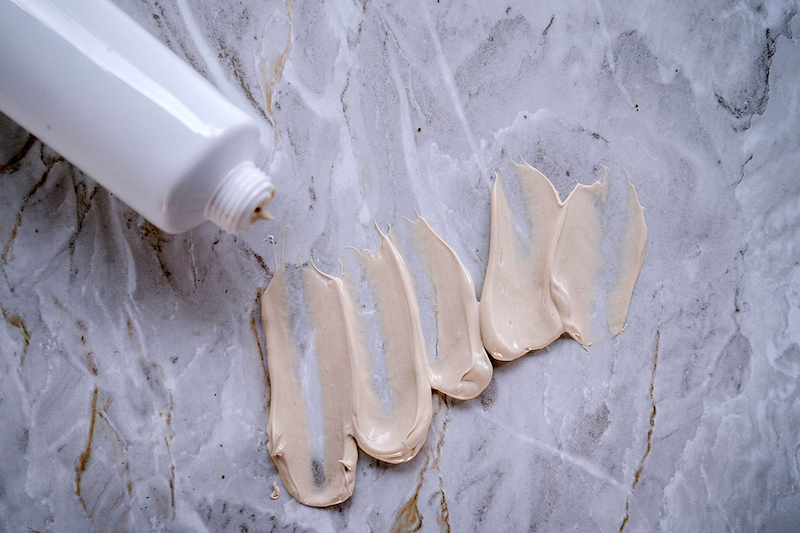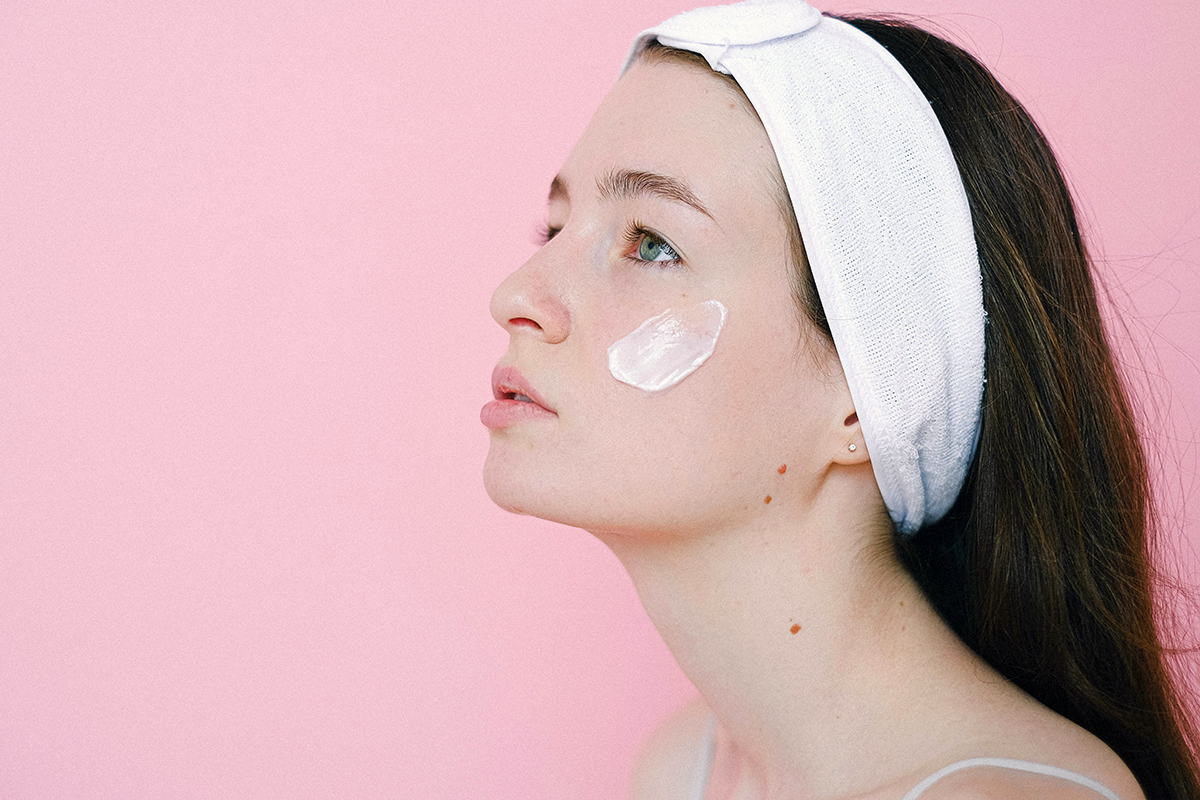Can we talk about vaginal dryness? How do I know if I’m experiencing it? Is treatment recommended? What treatments work?
—Curious 48-year-old
Yes! We can and should talk about vaginal dryness. Internet surveys (here and here) suggest that upward of 85% of women over the age of 40 experience vaginal dryness, nearly 50% of women experience pain with sex due to vaginal dryness, and more than 70% report experiencing itching as discomfort. If left unaddressed, dryness in perimenopause can progress to vaginal atrophy — a thinning of the vaginal walls that can be as awful as its name. Given how many of us will be affected by vaginal dryness, we should all know how to spot it early.
For some perimenopausal women, the symptoms of vaginal dryness will be familiar. Some women experience vaginal dryness postpartum and while breastfeeding. If you are having symptoms like itching, discomfort, or painful sex — and infection has been ruled out — vaginal dryness may be to blame. But what if you don’t have those symptoms? In that case I think the best way to spot vaginal dryness is to get a little more intimate with your vulva and vagina.

If you are still having periods, pay attention to the changes in your vaginal discharge over the course of your menstrual cycle (you may have done this before if you were trying to conceive). Vaginal mucus thickens to have the consistency of egg whites around ovulation. It is typically thinner and less copious at other times. But usually you should have some vaginal lubrication. If not, you may have some vaginal dryness.
The other time to pay attention is when you are aroused. This is another time when the vagina increases the production of lubrication. Without that lubrication, vaginal intercourse can be uncomfortable or even painful. If you note changes in lubrication when you are aroused, this can also be a sign of dryness.
If you are experiencing dryness, what can you do about it? I think this depends somewhat on how significant your symptoms are. If you notice dryness just during sex, water-based lubricants can be a great choice.
If you are having symptoms all the time, there are two treatment options. You can use a moisturizer developed for vaginal use. These moisturizers are intended to be applied two to three times per week. They tend to work best for mild symptoms. The other option is vaginal estrogen. Rather than just replacing the lubrication our own vagina would make if it had sufficient estrogen, applying vaginal estrogen supports the vaginal lining so it can make its own lubrication again. This is the most effective option for more severe symptoms and it is safe for most women, including breastfeeding mothers.
Ultimately, most women will experience vaginal dryness. Addressing it early, with either vaginal moisturizers or vaginal estrogen, can help you avoid discomfort and pain.
Community Guidelines













Log in